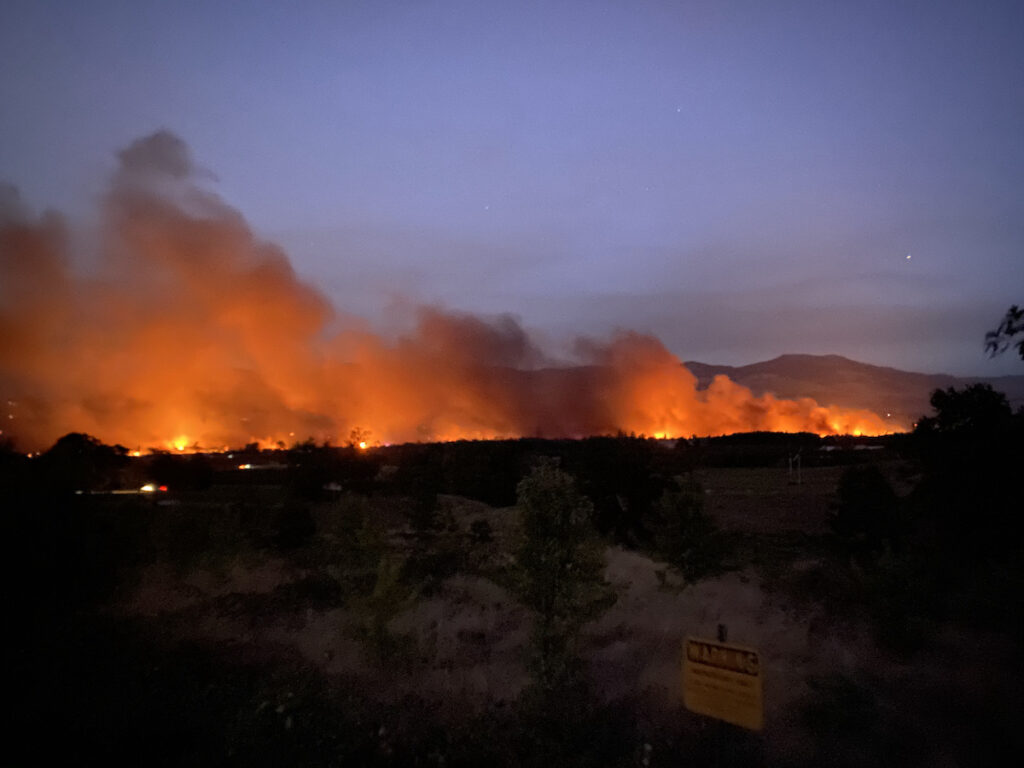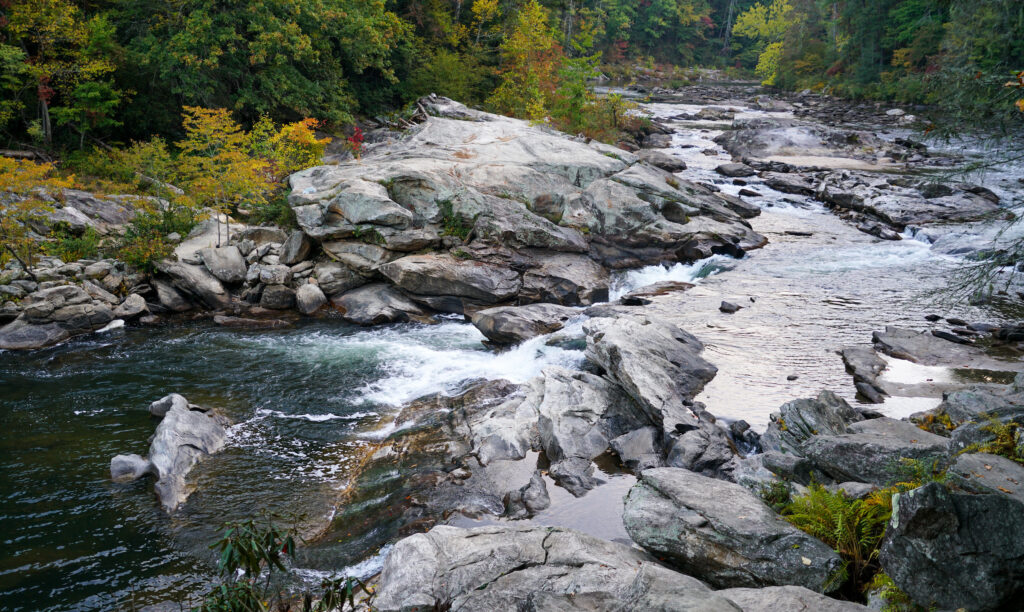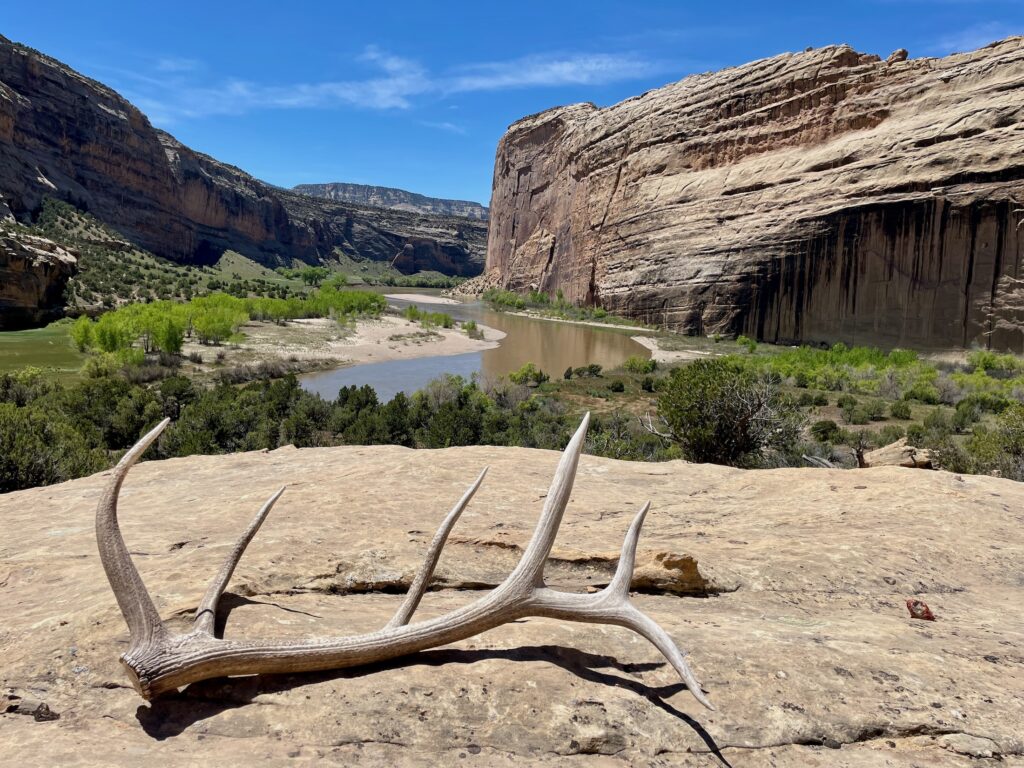Protecting America’s Wild and Scenic Rivers
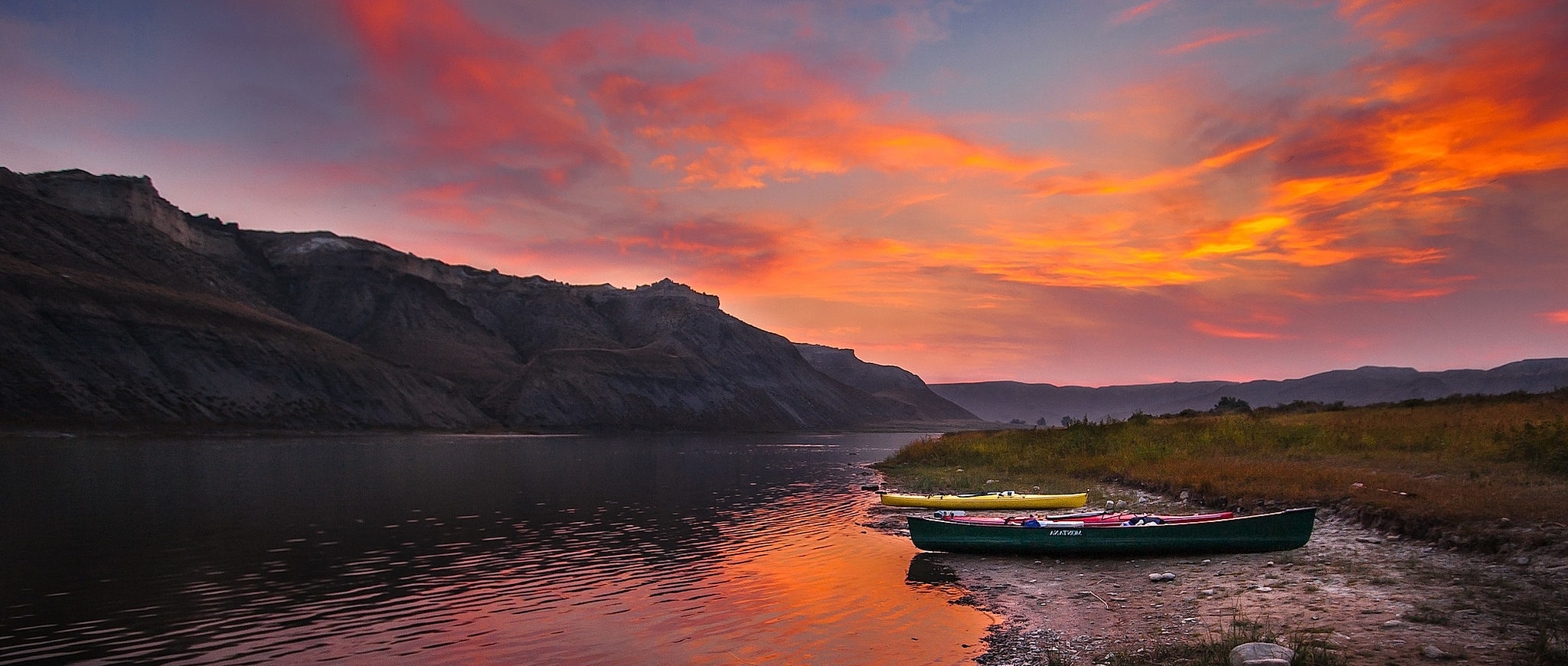
Rivers make life possible. Wild and Scenic Rivers are our healthiest, cleanest, most intact waterways — protected for their beauty, natural and cultural significance, and recreational value. They provide clean drinking water, support a rich web of life, and are the lifeblood of our cultures and communities.
Think of Wild and Scenic like a national parks system for rivers. It is the strongest tool to protect rivers in the United States. Wild and Scenic designation makes ecologically and culturally important rivers — and the land alongside them — permanently off-limits to dams or activities that would negatively affect the river.
When was the Wild and Scenic Rivers Act passed?
The Wild and Scenic Rivers Act was passed by Congress in 1968
What is a Wild and Scenic River?
Federally designated Wild and Scenic rivers have been given Wild and Scenic status because of their remarkable beauty, cultural and ecological significance, recreation, water quality, and free-flowing nature. Free-flowing rivers provide clean water, promote healthy habitat for wildlife, reduce flood risk to communities, and support cultural traditions
How many rivers are protected as Wild and Scenic?
There are 3.5 million miles of rivers in United States, and fewer than 1 percent are protected.
What was the first Wild and Scenic River?
The Wild and Scenic Rivers Act of 1968 protected sections of eight rivers — Clearwater, Eleven Point, Feather, Rio Grande, Rogue, St. Croix, Salmon (Idaho), and Wolf. It also identified 27 additional rivers for study — Allegheny (Pennsylvania); Bruneau, Moyie, Priest, St. Joe, Salmon (Idaho), Buffalo (Tennessee); Chattooga (Georgia, North Carolina, South Carolina); Clarion (Pennsylvania); Delaware (New York, Pennsylvania); Flathead (Montana); Gasconade (Missouri); Illinois (Oregon); Little Beaver Creek, Little Miami (Ohio); Maumee (Indiana, Ohio); Missouri (Montana); Obed (Tennssee); Penobscot (Maine); Pere Marquette, Pine (Michigan); Rio Grande (Texas); St. Croix (Minnesota, Wisconsin); Skagit (Washington); Suwannee (Florida, Georgia); Upper Iowa (Iowa); and Youghiogheny (Maryland).
Today, only about 12,000 miles of rivers are protected as Wild and Scenic. That’s less than 1 percent of rivers in the U.S.
There’s still so much more to protect. Let’s safeguard rivers that are still clean and healthy — for drinking water, wildlife, our communities, and future generations.
What is a Wild and Scenic River?
In 1968, Congress passed the National Wild and Scenic Rivers Act to preserve select rivers in their natural state. What makes the Wild and Scenic Rivers Act unique is that it protects not only a river’s free-flowing nature but also invites thoughtful, community-driven planning for its use. It encourages cooperation across state and local boundaries and gives the public a voice in how these rivers are managed.
How does a Wild and Scenic designation protect a river?
A Wild and Scenic designation protects the free and natural flow of a river and preserves what makes a river special. That includes:
- Safeguarding clean water
- Preventing activities that would significantly harm the river’s character
- Prohibiting new dams or damaging water projects
- Protecting a quarter-mile buffer of land along Wild and Scenic Rivers flowing through public lands
- Requiring a management plan with input from local landowners and other stakeholders
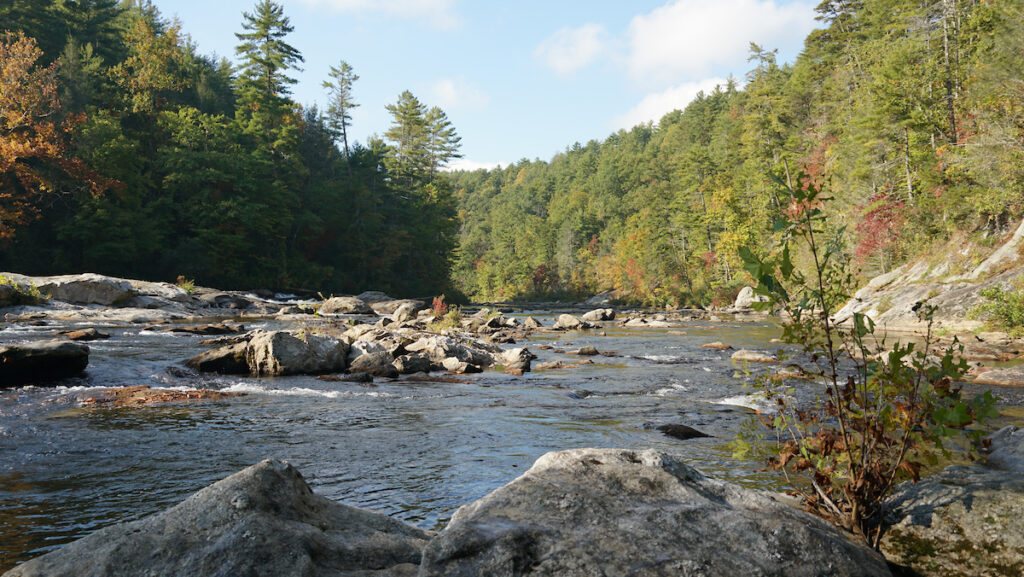
Let's Stay in Touch!
We're hard at work for rivers and clean water. Sign up to get the most important news affecting your water and rivers delivered right to your inbox.
Wild and Scenic Rivers of the United States
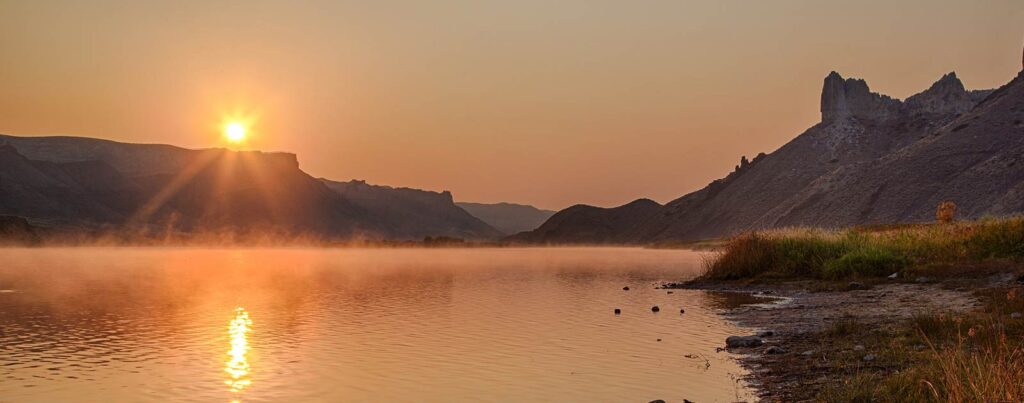
Missouri River
A 149-mile Wild and Scenic section of the river winds downstream from Fort Benton, Montana, to the Charlie Russell National Wildlife Refuge.
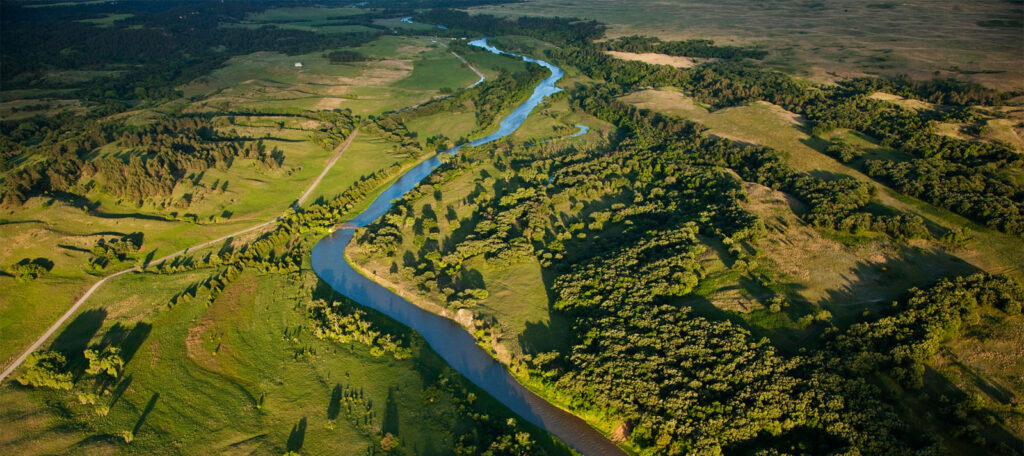
Niobrara River
The lower portion of the Niobrara is protected as a federal Wild and Scenic River.
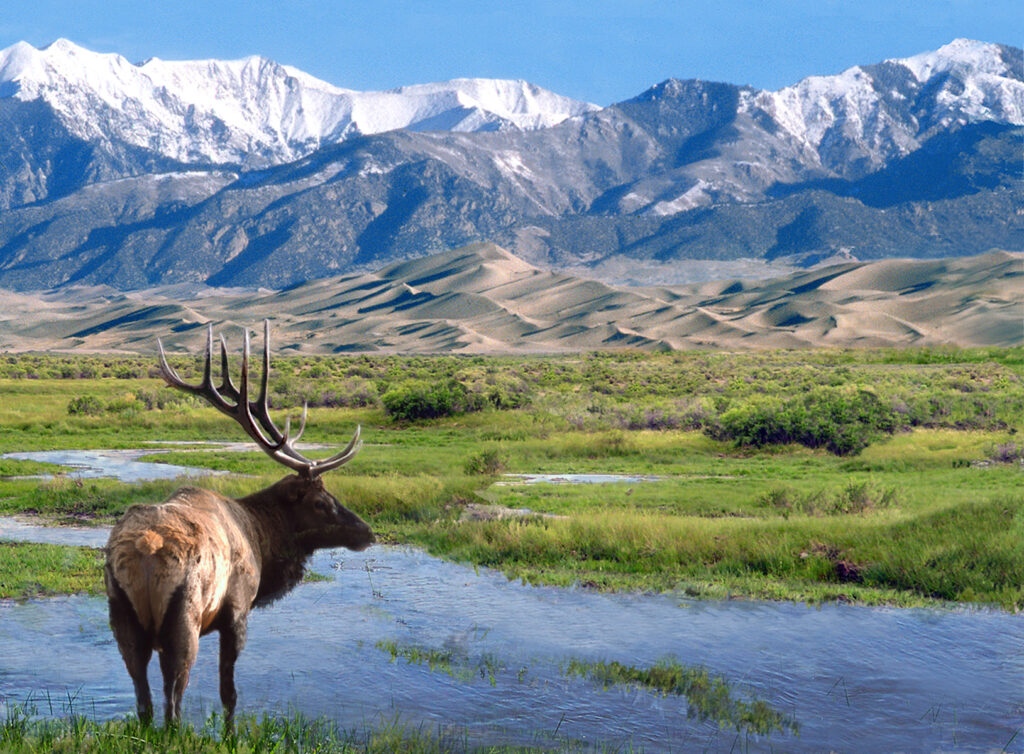
Rio Grande
74 miles of the lower Rio Grande is designated at Wild and Scenic, surrounding Big Bend National Park along the Texas border with Mexico.
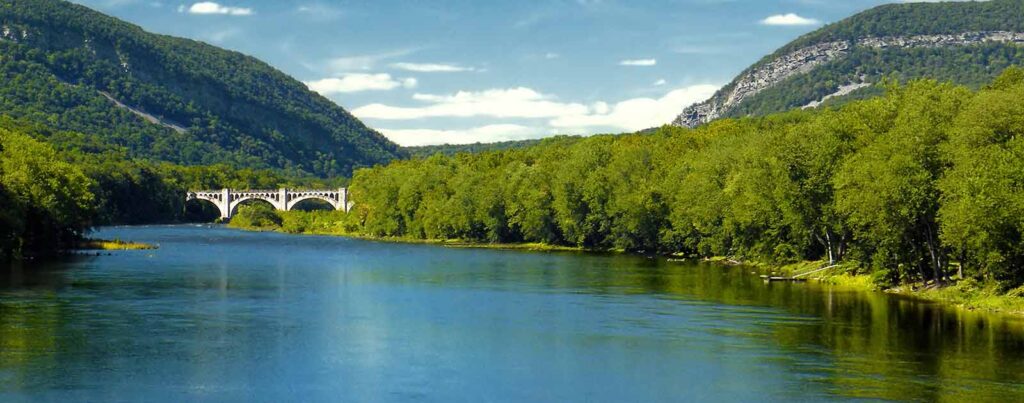
Delaware River
The upper Delaware was an obvious choice as one of America’s first Wild and Scenic Rivers. Since 1978, the 73 miles downstream from the confluence of the East and West branches cascading out of the Catskill Mountains have been formally recognized for their natural appeal and recreation value.
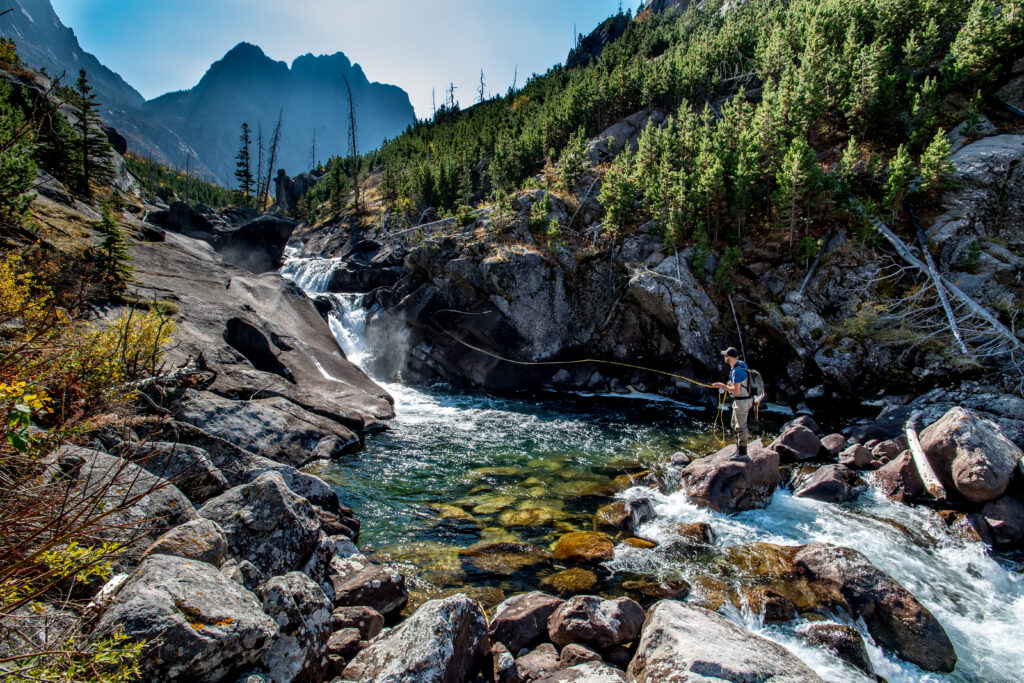
East Rosebud Creek
Because of its outstanding scenery, recreation, and geology, the U.S. Forest Service has declared 13 miles of East Rosebud Creek above the lake and 7 miles below it eligible for designation under the Wild and Scenic Rivers Act
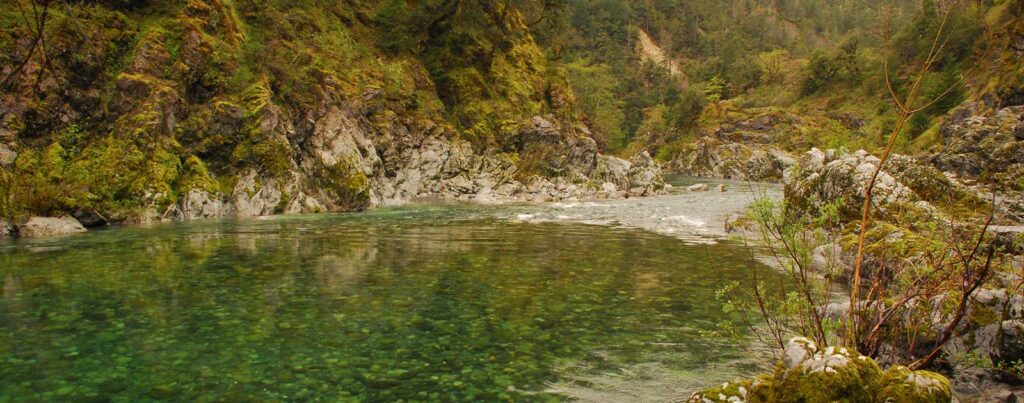
Rogue and Smith Rivers
The Rogue River was one of eight charter members of the Wild and Scenic Rivers System in 1968 while the The 325-mile segment of the Smith constitutes the longest Wild and Scenic River in the U.S.
Three levels of Wild and Scenic Designation
Wild River Areas
Rivers or sections of rivers that are free of dams or diversions and are inaccessible except by trail, with watersheds or shorelines essentially undisturbed and waters unpolluted. Examples include Georgia’s Chattooga River, California’s North Fork American, and Idaho’s Middle Fork Salmon.
Scenic River Areas
Rivers or sections of rivers that are free of dams or diversions, with shorelines or watersheds still largely natural and shorelines largely undeveloped, but accessible in places by roads. Examples include Nebraska’s Niobrara River and Michigan’s Pere Marquette River.
Recreational River Areas
Rivers or sections of rivers that are readily accessible by road or railroad, that may have some development along their shorelines, and that may have undergone some damming or diversion in the past. Examples include Massachusetts’ Sudbury, Assabet, and Concord rivers and Oregon’s John Day River.
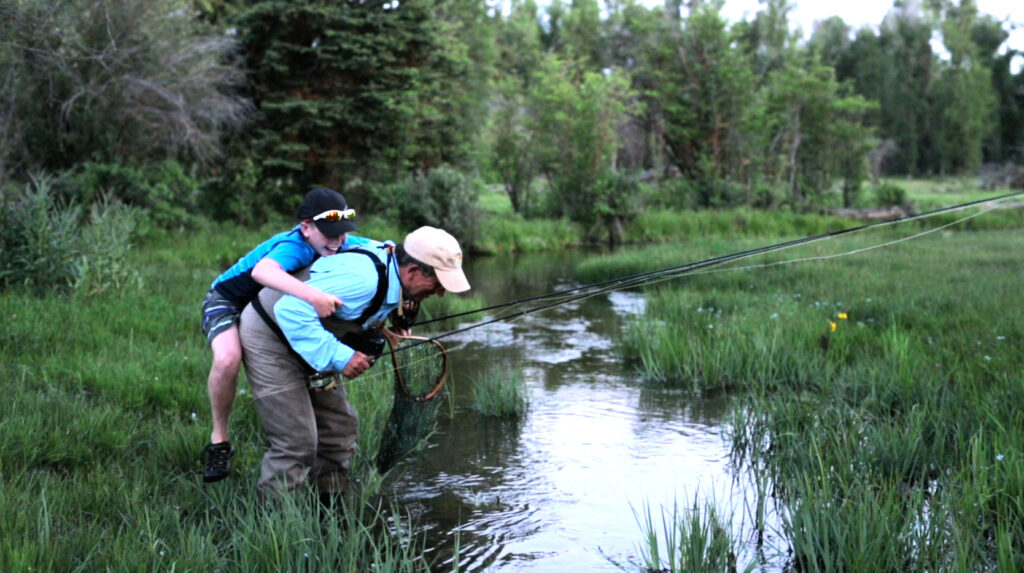
Legacy: Wyoming's Snake Headwaters
A thoughtful conversation with legendary fly fishing guide Jack Dennis about his involvement, and the efforts of late Senator Craig Thomas, American Rivers, and its partners, in designating the Upper Snake River Headwaters in Wyoming as one of the nation’s most comprehensive Wild and Scenic Rivers.
